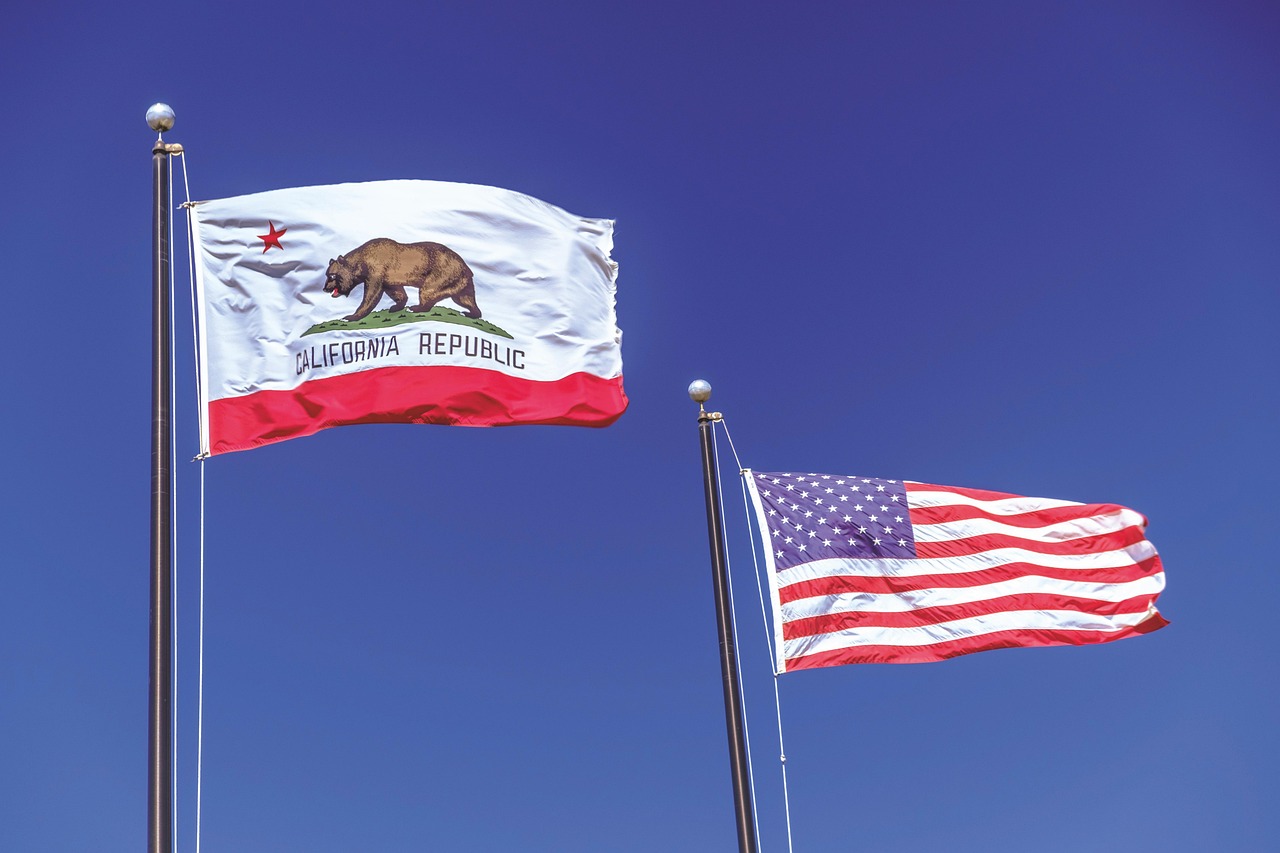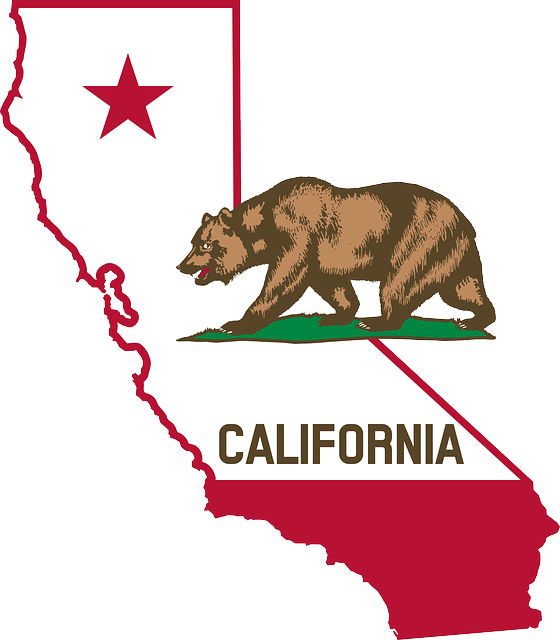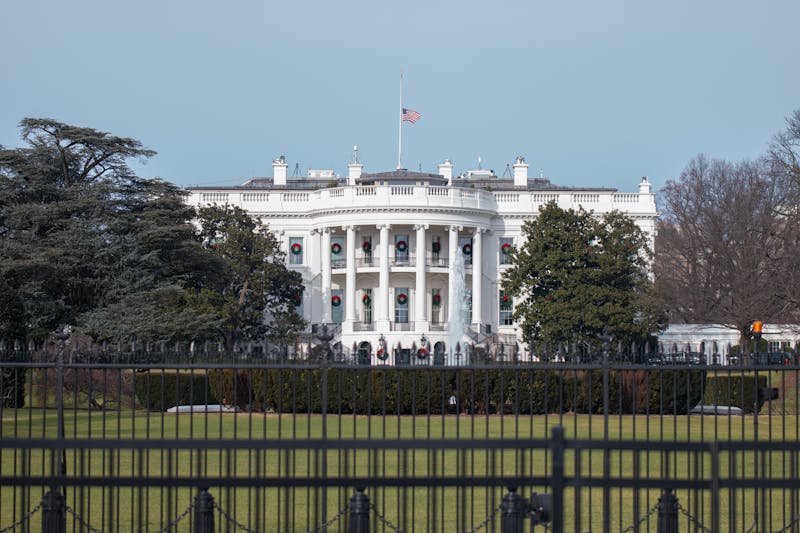California has intensified its scrutiny of certain food dyes and chemicals, leading to further discussions on the FDA’s longstanding policies. Three decades after the FDA banned Red Dye No. 3 from cosmetics due to cancer risks, California has now prohibited its use in food, becoming the first state to do so.
This month, Governor Gavin Newsom endorsed a law prohibiting red dye, among other chemicals. This dye is present in various foods and snacks sold at popular retailers, including Walmart and Target. The initiative aims to safeguard California’s consumers and signals a demand for more rigorous oversight at the federal level, particularly from the FDA.
Assemblyman Jesse Gabriel accentuated that the legislation was rooted in protecting Californian consumers. Still, it also aimed to communicate to the FDA that its current evaluation process needs revamping.
Responding to the development, the FDA stated that it maintains strict safety protocols for all food additives, including those pinpointed by California’s new law. It is worth noting that several chemicals restricted by California are already prohibited in the European Union.

The perplexing issue around Red Dye No. 3 originates from its ban on cosmetics in 1990 due to cancer links but its continued presence in food items. This has confounded experts, like Brian Ronholm from Consumer Reports, who called this inconsistency “illogical.”
Over the years, despite the ban on cosmetics, the dye has found its way into many confectioneries. Numerous advocacy groups have implored the FDA to reconsider its stance. They’ve presented studies, including one from California, suggesting that the dye could lead to behavioral issues in children.
The debate surrounding this dye isn’t isolated. Numerous products in supermarkets, like Nestle’s Strawberry Nesquik and Pillsbury’s Funfetti Mermaid frosting, are known to contain it. Responses from these large corporations vary. Some, like Just Born—makers of Peeps—are phasing out the use of the dye, while others haven’t publicly commented.
The California bill extends beyond just Red Dye No. 3. It also tackles chemicals like brominated vegetable oil in certain sodas and potassium bromate in various baked items. Both have raised health concerns based on multiple studies.
The legislation has garnered significant support from environmental and consumer advocacy groups. Given the potential health implications, many have expressed surprise that the FDA hasn’t been more proactive in regulating these chemicals.
However, the journey to the law’s approval wasn’t without hurdles. Opposition, especially from the food industry, was robust, with concerns about creating inconsistent state requirements. Many believe that the FDA’s scientific scrutiny should be the gold standard.
Frank Yiannas, a former senior official at the FDA, voiced concerns about potential unintended consequences the California law might bring. He stressed the importance of a unified approach, cautioning against individual states setting food safety standards.
Amidst these discussions, the broader picture of food additives, especially synthetic colors, remains in the spotlight. Leading companies had previously pledged to do away with artificial colors, but market dynamics led several to retract their commitments.
Red Dye No. 40, another artificial coloring, also remains under the microscope, with research hinting at potential health risks.
Proponents of the California law remain hopeful that it will catalyze broader change, urging the FDA and other entities to pay greater attention to food additives and ensure consumers’ well-being.



































































































































































































































































































































